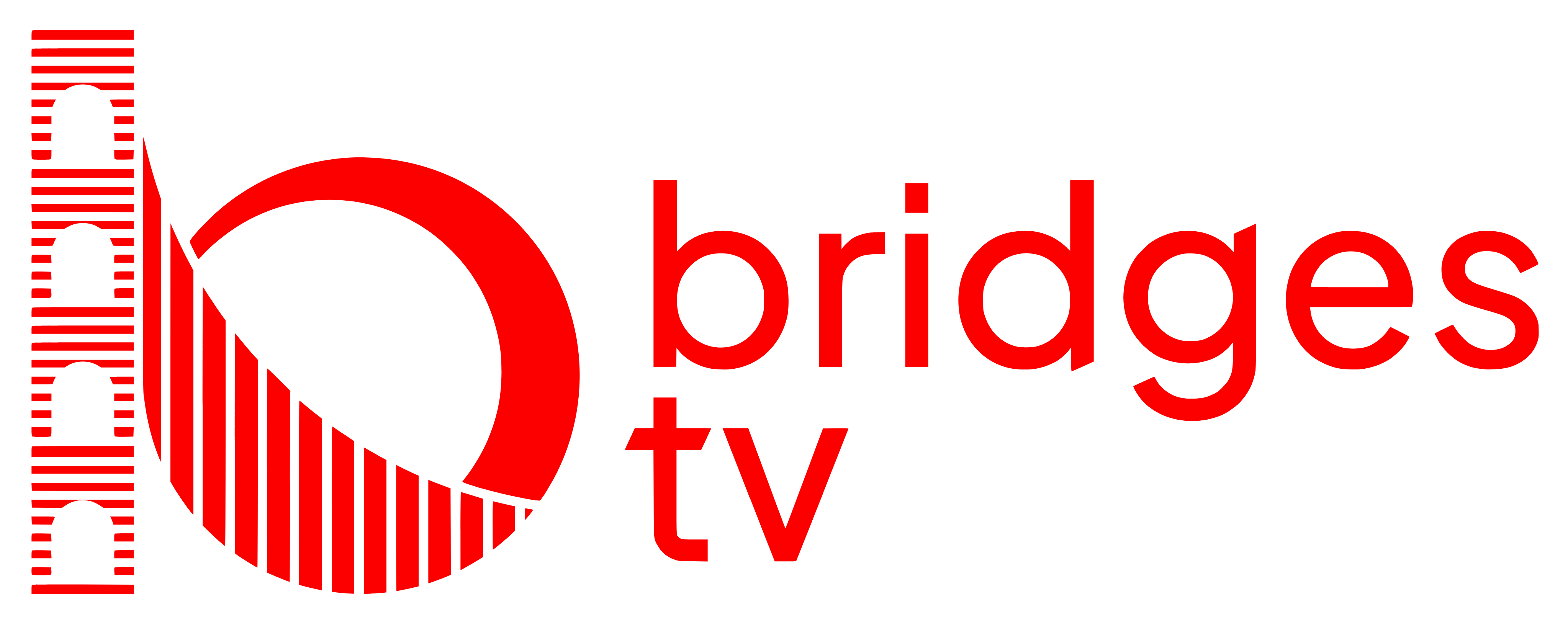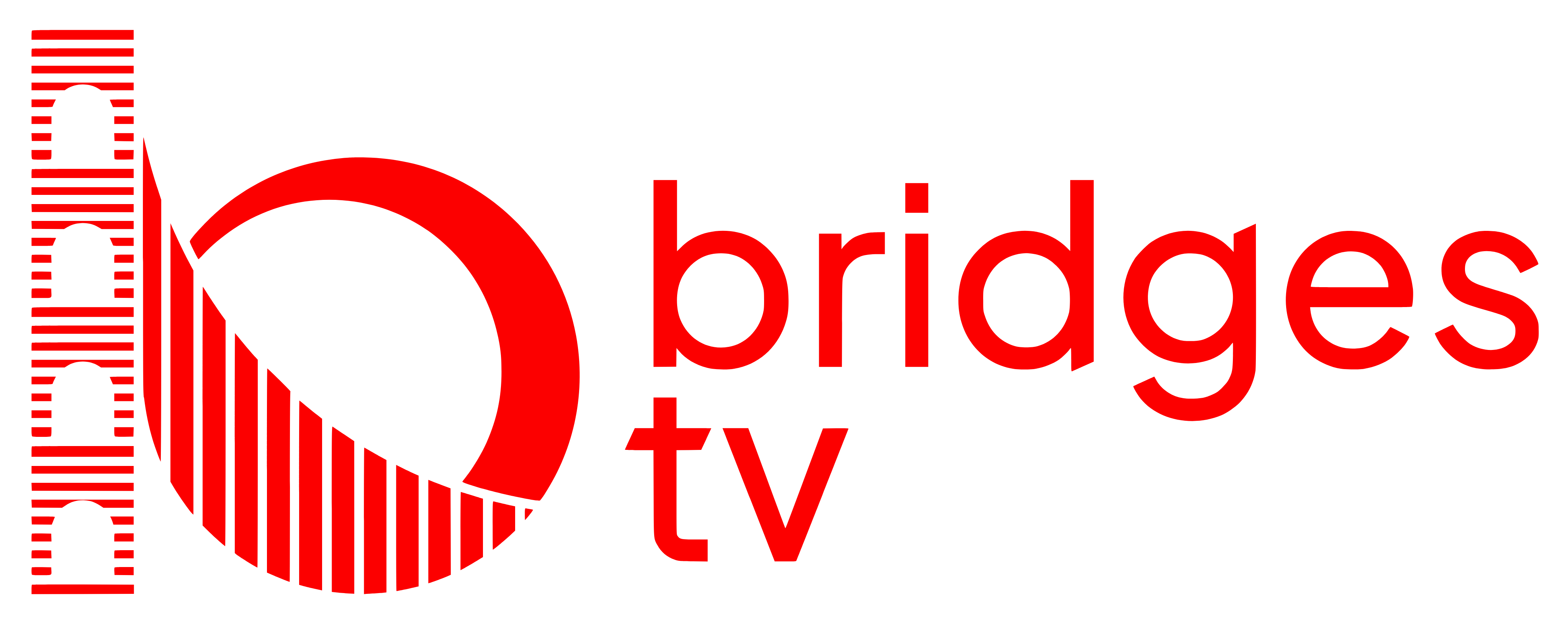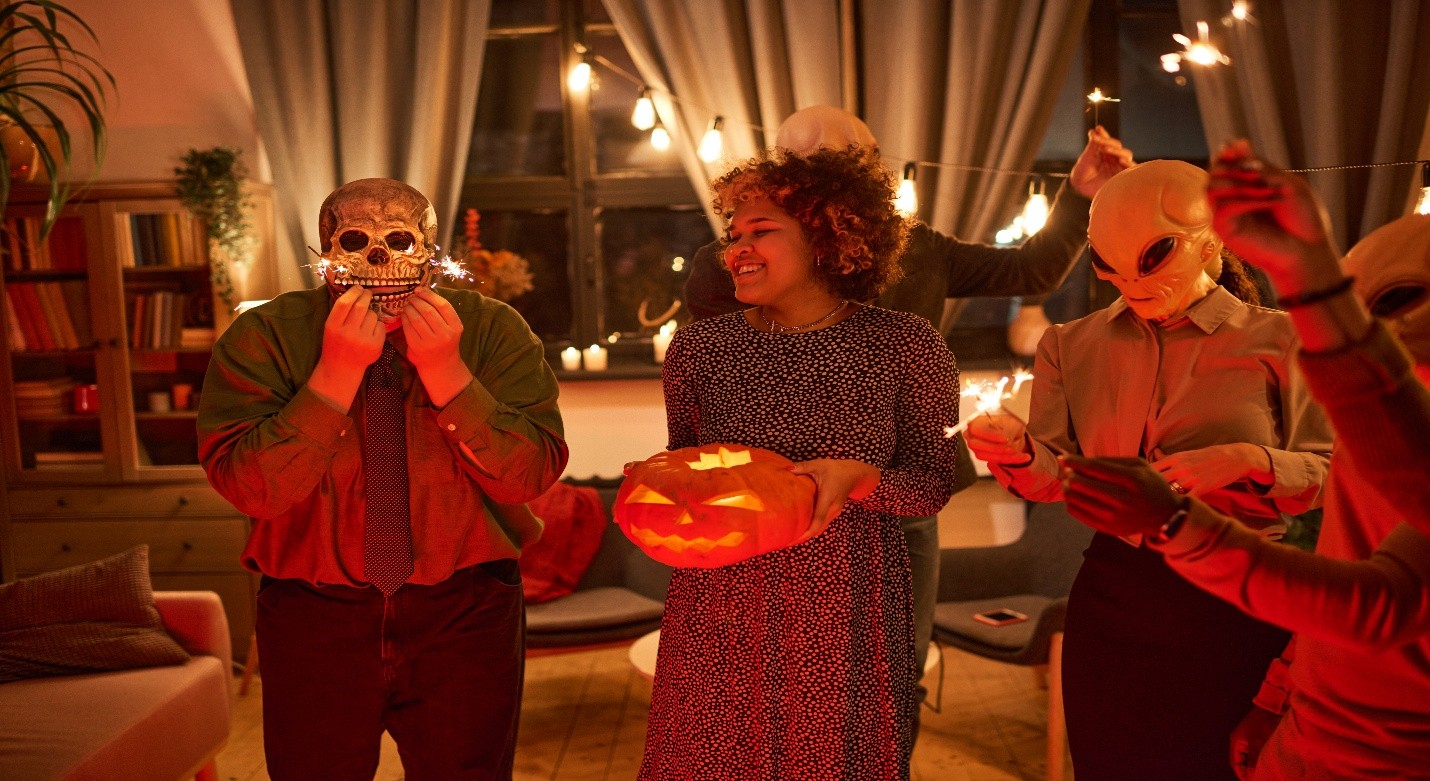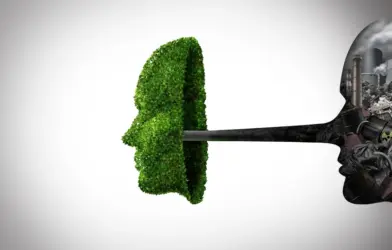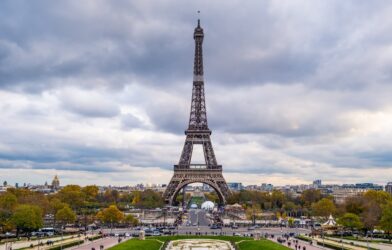Every autumn, storefronts fill with pumpkins, costumes, and candy, signaling the arrival of one of the most celebrated nights of the year. Halloween has grown from a simple harvest ritual into a multi-billion-dollar cultural event, blending ancient folklore, religious tradition, and modern consumerism. But how did a night once dedicated to warding off spirits become a global spectacle of costumes and commerce?
Ancient Beginnings: The Celtic Festival of Samhain
The story of Halloween begins over two thousand years ago with the Celtic festival of Samhain, celebrated in what is now Ireland, the United Kingdom, and northern France. Samhain marked the end of the harvest season and the onset of winter, a time when days grew shorter and nature seemed to die before being reborn in spring.
The Celts believed that on the night of October 31, the boundary between the world of the living and the dead became fragile. Spirits could cross over, and people sought to protect themselves by lighting large bonfires, wearing animal-skin disguises, and leaving food offerings to appease wandering souls. Far from being about fear or fun, these rituals expressed respect for nature’s cycles and humanity’s dependence on them.
From Saints to Souls: How Christianity Transformed the Tradition
When Christianity spread through Europe, church leaders incorporated many local customs into Christian observances. In the 8th century, Pope Gregory III declared November 1 as All Saints’ Day, also called All Hallows’ Day, to honor saints and martyrs. The evening before became known as All Hallows’ Eve, which gradually evolved into “Halloween.”
During the Middle Ages, Europeans practiced “souling,” where the poor would go door to door offering prayers for the dead in exchange for food or “soul cakes.” The act of visiting homes, giving and receiving small treats, and invoking spirits laid the foundation for modern-day trick-or-treating. This blending of pagan and Christian traditions turned Halloween into a shared cultural event, part remembrance and part celebration.
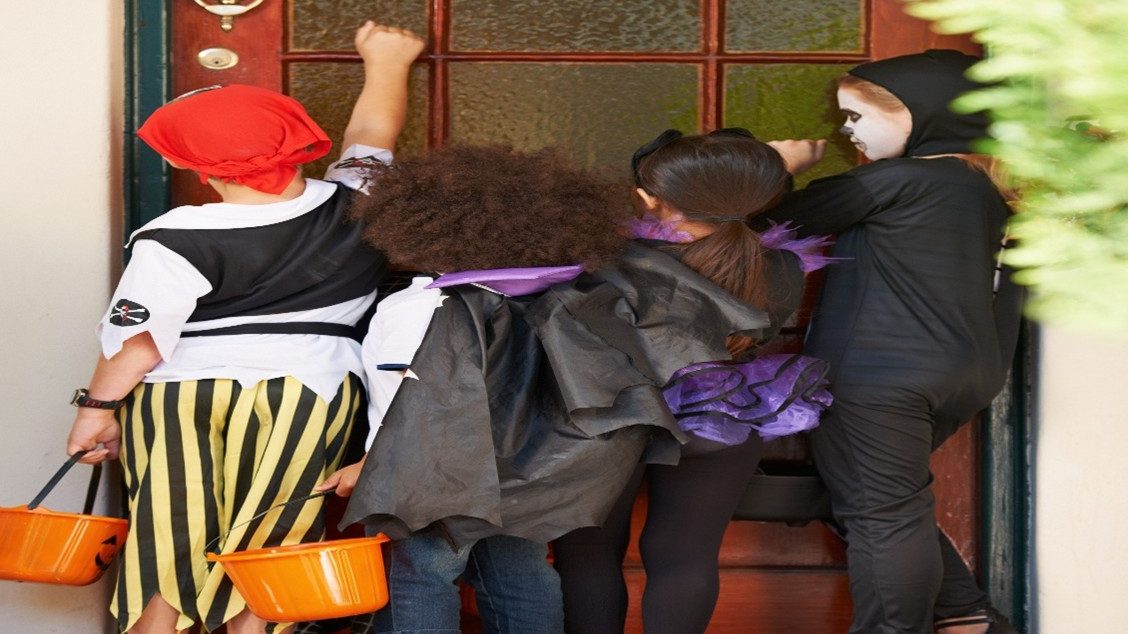
Across the Atlantic: The American Reinvention
Irish and Scottish immigrants carried Halloween customs to North America in the 19th century. Once there, they adapted their traditions to new surroundings. Pumpkins, native to the continent, replaced turnips as the preferred lantern, and the carving of jack-o’-lanterns became a central symbol of the holiday.
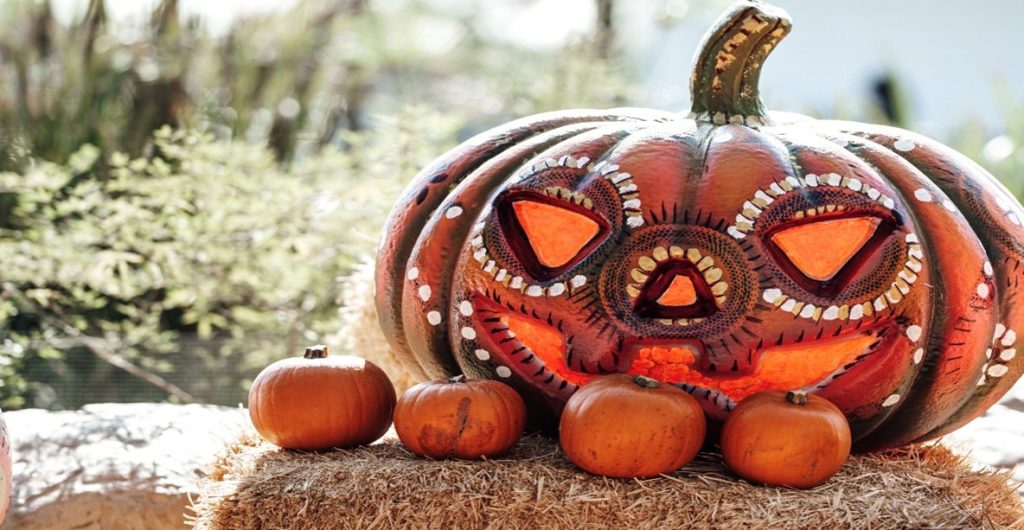
By the early 20th century, Halloween in the United States had shifted toward community gatherings, costume parties, and playful mischief rather than solemn ritual. Over time, the holiday shed its religious undertones and took on a festive, family-friendly character. In the process, it became one of the most visually and socially dynamic celebrations in the Western world.
The Business of Fear: Halloween as an Economic Powerhouse
Today, Halloween is not just about fun, it is a serious business. Americans spend more than $10 billion each year on Halloween-related products and experiences, from candy and costumes to decorations and themed entertainment. Seasonal pop-up chains like Spirit Halloween, founded in 1983, have turned seasonal retail into a thriving industry. Meanwhile, local entrepreneurs run haunted houses, pumpkin farms, and escape rooms that capitalize on the season’s excitement.
For companies, Halloween offers lessons in marketing and adaptability. Its commercial success rests on creativity, participation, and emotional resonance. Businesses that can turn a feeling into an experience, and an experience into a market, thrive just as Halloween has.
In the end, Halloween’s story is one of reinvention. What began as a ritual of survival now thrives as a celebration of imagination and enterprise. It reminds us that even the oldest traditions can evolve, finding new life and new markets with every generation.
